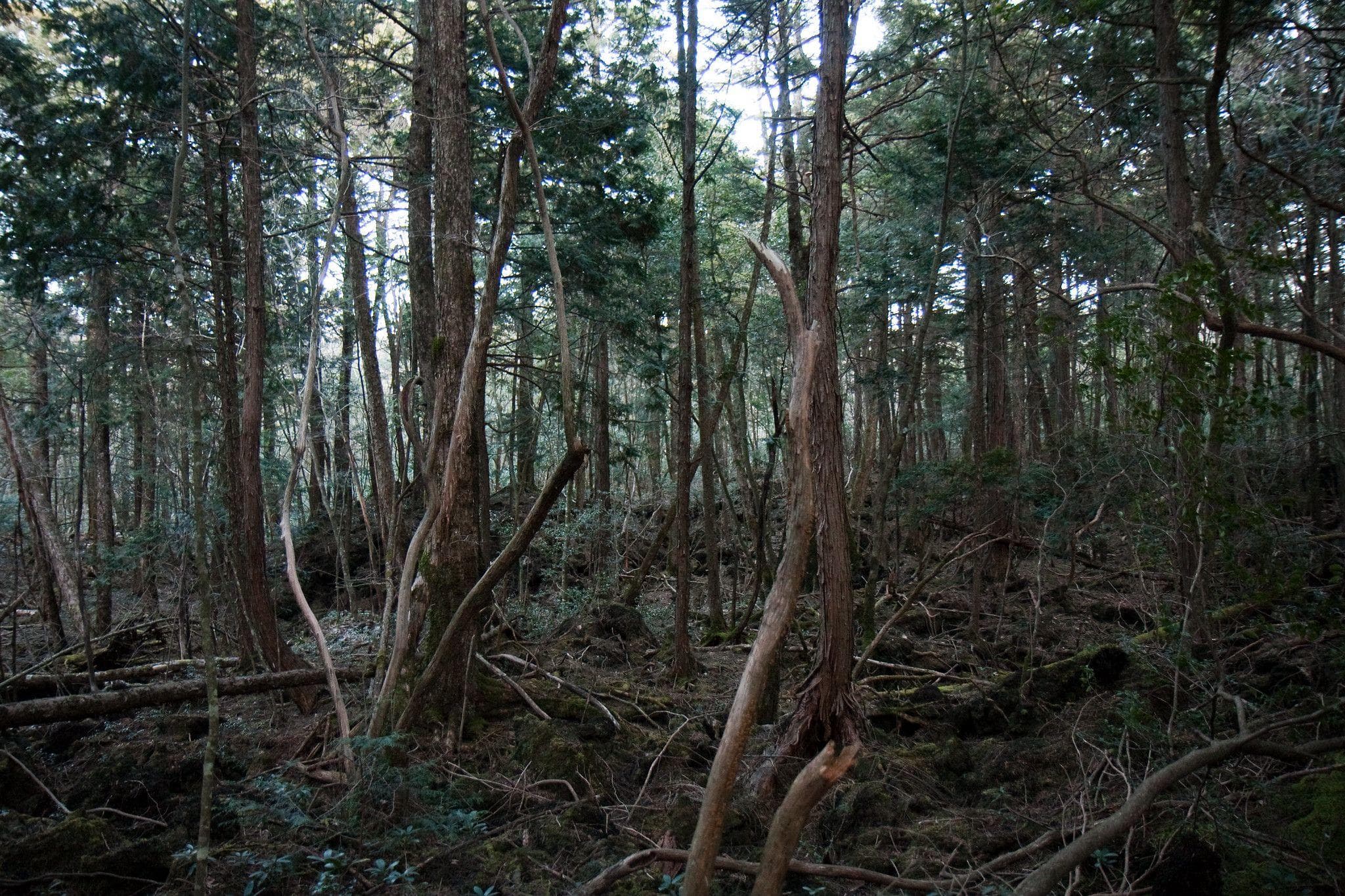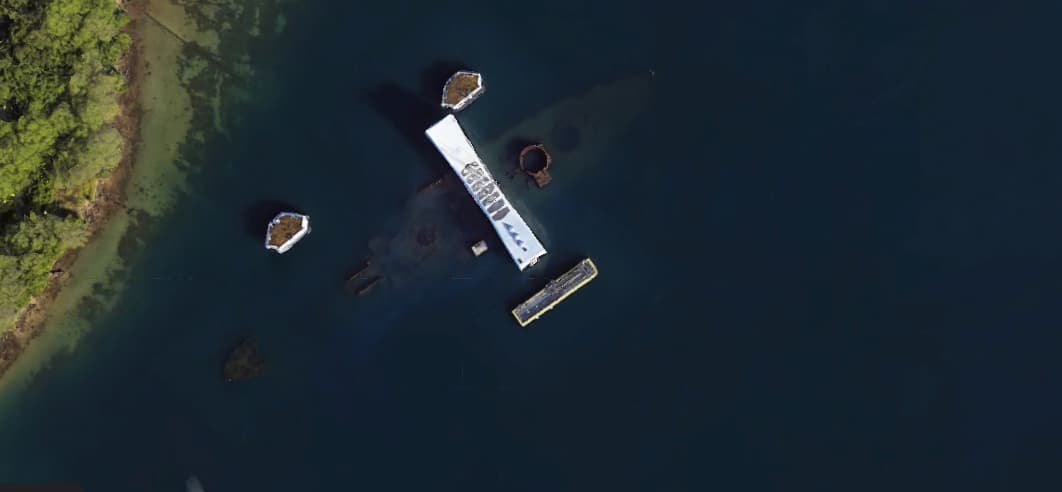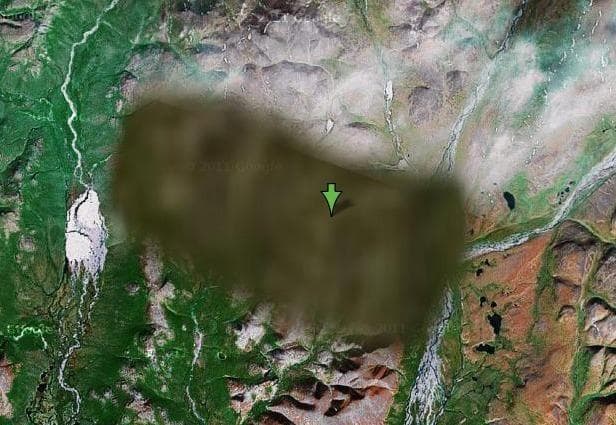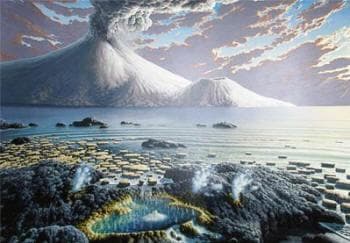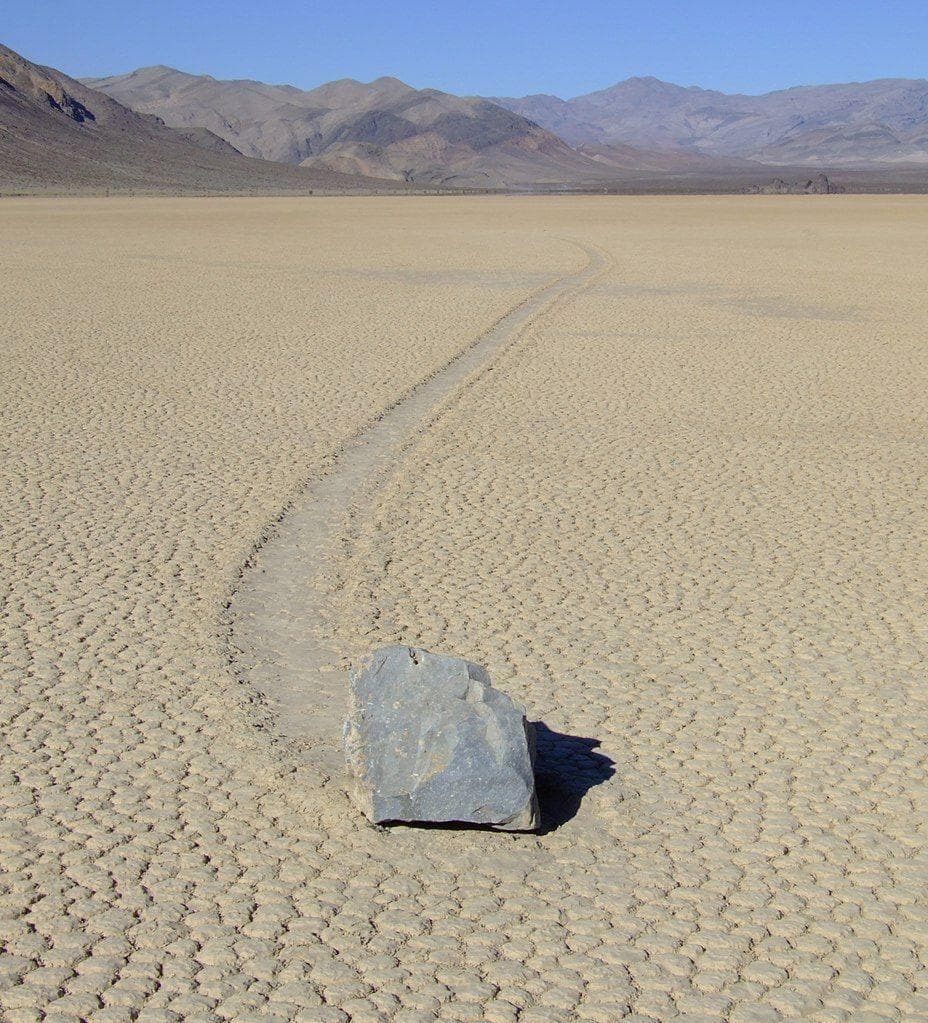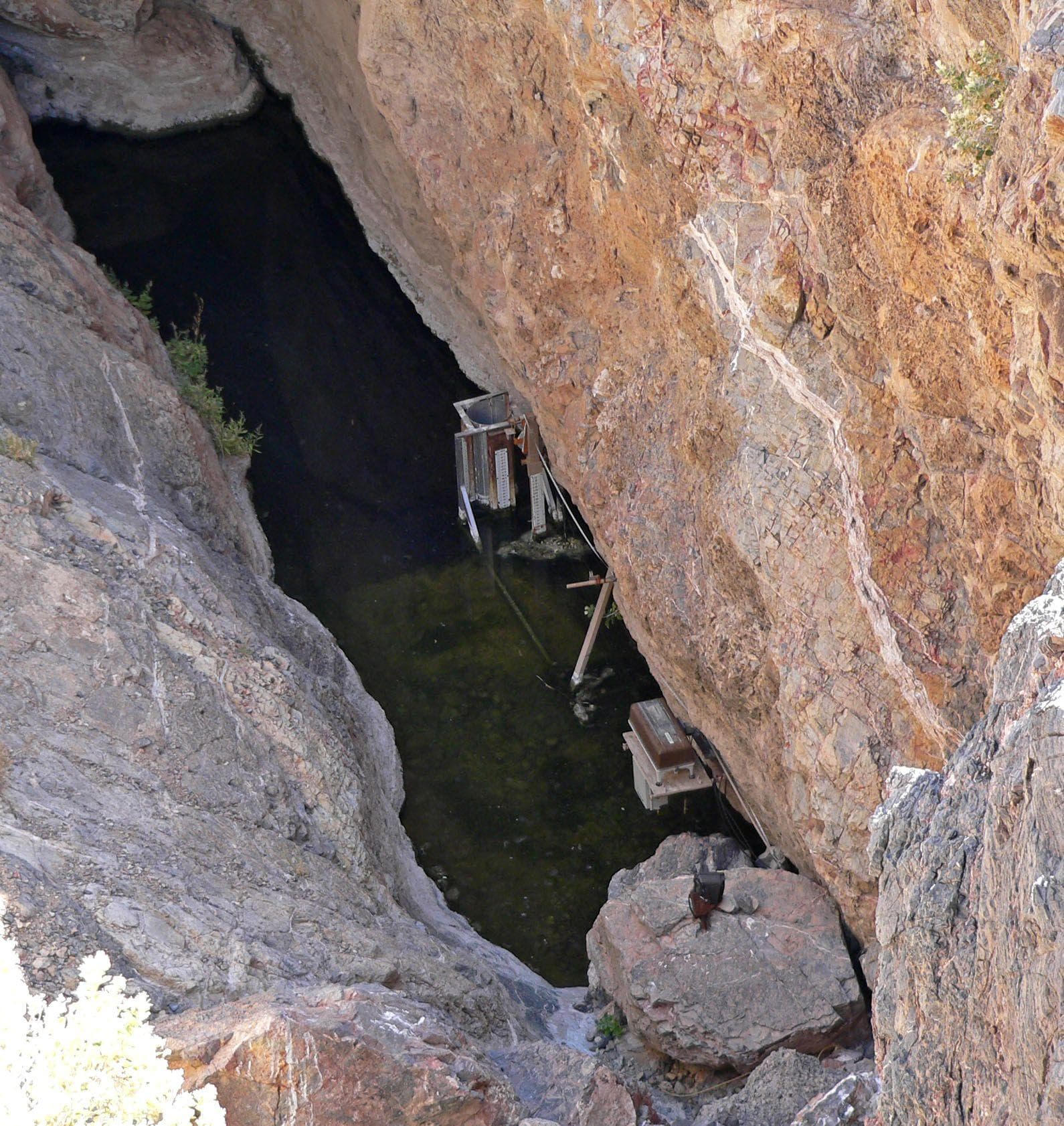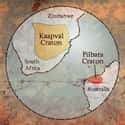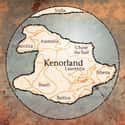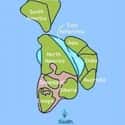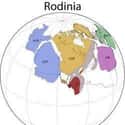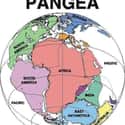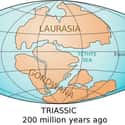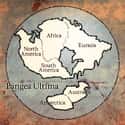-
(#1) Vaalbara
Formed: 3.3 Billion Years Ago?
We know very little about the first continent (though, not exactly super, since there wasn't much land in those days), so the shape, size and scale of the theorized Vaalbara is pretty speculative. The two oldest cratons on the planet both have the oldest rock dated, so assumptions are made about what Vaalbara might have looked like based only on these two patches of oldness. It's named for the 'Brangelina' style mashup of the two cratons: the South African Kaapvaal Craton and the Australian Pilbara Craton. Paleomagnetic data from both these areas show that these two cratons could have been from the same supercontinent.
The same evidence that shows the possible existence of Vaalbara also indicates that it started to break up after 2.5 billion years. -

(#2) Ur
Formed: 3 Billion Years Ago
Ur is the first definitively known continent, despite being smaller at the time than Australia is now. Because it was the only one at the time, and because Vaalbara is still a theory, Ur is considered to be the first "super"continent. Ur would eventually join up with the continents Nena and Atlantica about one billion years later to form the supercontinent Rodinia. Ur actually survived for quite a while, making it through the breakup of Rondina and into the era of Pangaea, until it broke apart about 208 million years ago into Laurasia and Gondwanaland.
You can now find the remains of Ur in parts of Africa, Australia, India, and Madagascar. -
(#3) Kenorland
Formed: 2.7 Billion Years Ago
Kenorland is basically thought to have been made up from multiple smaller cratons (Zimbabwe, Kaapvaal, Gawler, Pilbara, and Yilgarn) , cratons being stable portions of continental crust from unstable geologic regions. Picture them as both shields - in which the basement rock crops out at the surface- and platforms - in which the basement is overlain by sediment.
At this point in Earth's history, it was pretty much all volcanic/igneous activity all the time, until those cratons started to collide. When Kenorland started to break up, the oceans were just beginning to oxygenate and this is the point when the "snowball earth" theory takes place. -
(#4) Columbia
Formed 1.8 Billion Years Ago
The formation of Columbia (also known as Nuna and Hudsonland) was the result of global scale collision events. It consisted of the proto-cratons that had previously made up Laurentia, Baltica, the Ukranian and Amazonian Shields, Australia and possibly Siberia, North China and Kalaharia.
When it began to break up, it is thought that its pieces began moving around independently for several hundred million years and then, about a billion years ago, the band got back together and formed our next super: Rodinia. -
(#5) Rodinia
Formed 1 Billion Years Ago
Rodinia (along with it's more famous brother, Pangea) is one of the two true "super" continents. Gaining this title simply because it was massive, and contained many of the land masses we know today - but all mashed together into one. Unlike Pangea, not as much is known about Rodinia... its look and feel have been pieced together by comparing similar geologic features, now widely dispersed.
Interestingly, the extreme cooling of the global climate around 700 million years ago (the aforementioned "Snowball Earth" theory) and the rapid evolution of primitive life during the subsequent periods are often thought to have been triggered by the breaking up of Rodinia. -
(#6) Pannotia
Formed 600 Million Years Ago
Also known as the Vendian supercontinent, Pannotia lasted up to the end of the Precambrian period, about 550 Million years ago. It would eventually split into pieces - Laurentia, Siberia and Baltica with the main landmass of Gondwana to the south.
This is when you can really start to see the shapes of today's continents starting to become recognizable. -
(#7) Pangea
Formed 300 Million Years Ago
This is the one that everyone has heard of, and because it's the only one we were taught about in school, is thought of as Earth's only supercontinent. During the Early Permian, the northwestern coastline of Gondwana smashed into the Euramerican continent. With the fusion of the Angaran part of Siberia to this combined landmass, the assembly of Pangea was pretty much done becoming 'super'.
It began to break apart about 200 million years ago, during the Early Jurassic, eventually forming the modern continents and the Atlantic and Indian Oceans. -
(#8) Laurasia & Gondwanaland
Formed 200 Million Years Ago
These two guys aren't really a single supercontinent, they are the result of Pangea breaking in half and creating two enormous continents, Gondwannaland and Laurasia.
Gondwanaland contained most of the landmasses in today's Southern Hemisphere, including Antarctica, South America, Africa, Madagascar and Australia, as well as the Arabian Peninsula and the Indian subcontinent, which have now moved entirely into the Northern Hemisphere.
Laurasia, to the north, contained North America, Europe, and Asia (but not India). Laurasia is thought to have fragmented into the present continents of North America, Europe, and Asia some 66 million to 30 million years ago.
The fracturing of both these supercontinents give us the picture of the globe we have today. -
(#9) Pangea Ultima
Future: 250+ Million Years From Now
Knowing what we know about how plate tectonics work, we can actually theorize what the continents will be doing down the road. After all, as you read this, the continents are still moving. It's a fantasy, of course, we still know only a fraction of what we need to understand about how our planet's plates move and dance and fight with each other.
In the Pangea Ultima scenario, subduction destroys the Atlantic oceanic basin, causing the Atlantic Ocean to close, bringing the Americas back together with Africa and Europe. As with most supercontinents, the interior of this massive new continent would probably become a semi-arid desert prone to temperature extremes.
New Random Displays Display All By Ranking
About This Tool
The supercontinent is the union of almost all continental blocks on the earth. The formation of supercontinents is closely related to the horizontal movement of continental blocks. When discussing the historical development of the earth, many scholars have emphasized the characteristics of different stages and the differences between continental plates. At present, the movement of continental plates is still continuing, and more supercontinents will form.
In the history of the earth's evolution, the emergence of supercontinents is doomed to disintegrate in the future. All continental movements have a great impact on the ecology and biology of the earth. There are 9 known supercontinents on the earth, and humans will continue to analyze and detect geological activities.
Our data comes from Ranker, If you want to participate in the ranking of items displayed on this page, please click here.



